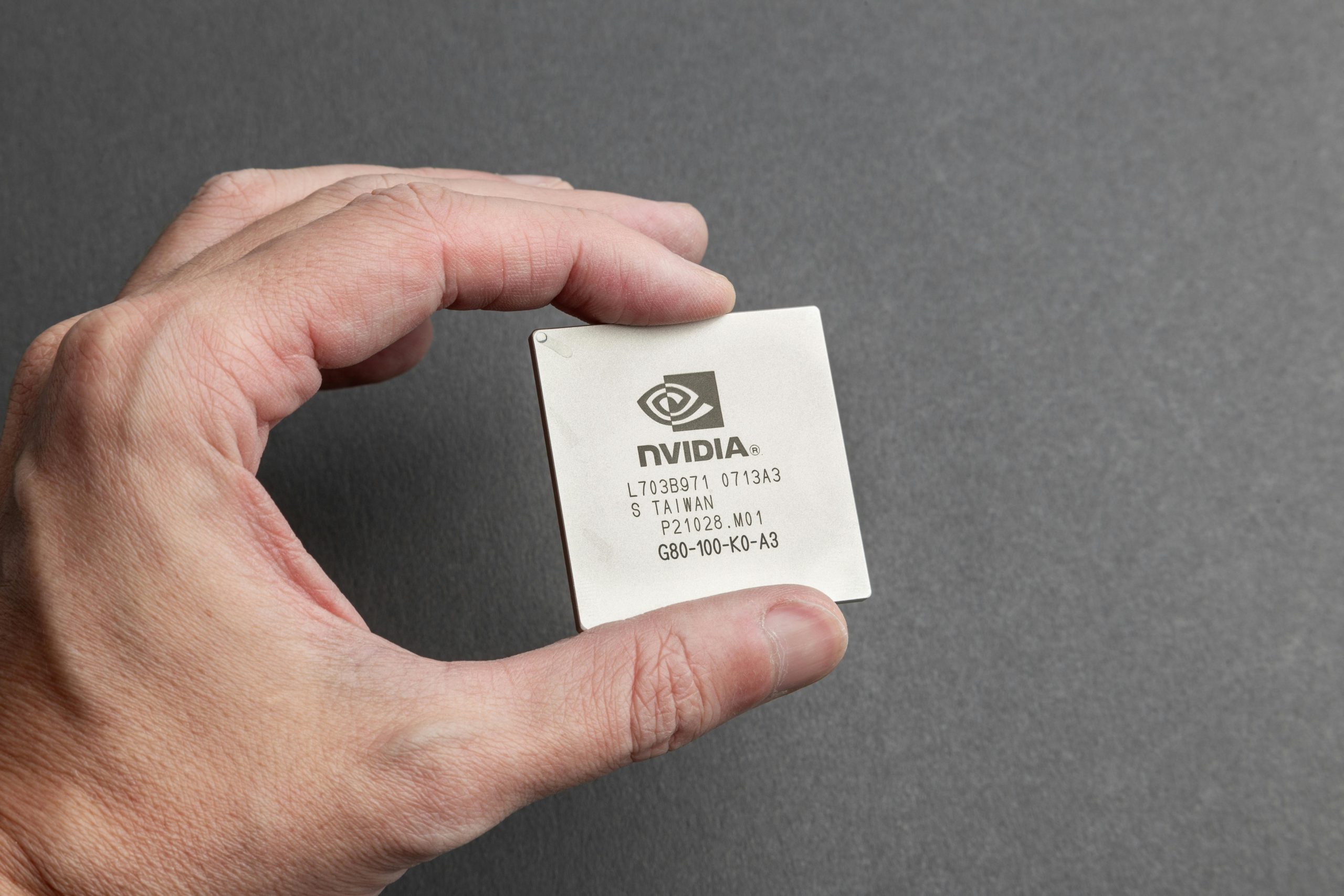MARM MCP Server: AI Memory Management for Production Use
Introducing the MARM MCP Server v2.2.5: A Robust Solution for Persistent AI Memory Management in Production Environments
In today’s dynamic AI landscape, maintaining long-term context and shared knowledge across multiple applications is vital for delivering seamless and intelligent user experiences. To address this need, we are proud to announce the release of MARM MCP Server v2.2.5, a sophisticated implementation of the Model Context Protocol (MCP) designed to facilitate persistent memory management for AI assistants across diverse operational contexts.
Foundations Built on the MARM Protocol
At the core of the MARM MCP Server lies the Memory Accurate Response Mode (MARM) protocol, a structured framework engineered to optimize AI conversation management. The protocol provides a comprehensive approach to session organization, semantic logging, contextual memory storage, and workflow integration. With standardized commands for memory persistence, semantic search, and cross-session knowledge sharing, the MARM protocol empowers AI systems to maintain and build upon historical interactions systematically, enhancing their long-term contextual awareness.
Core Capabilities of the MARM MCP Server
The server delivers robust memory persistence capabilities by leveraging semantic search and cross-application data sharing. This allows AI assistants to go beyond isolated interactions, accessing a centralized memory store that preserves conversation history, user intent, and relevant contextual data across sessions. As a result, AI models can generate more coherent, context-aware responses, improving user engagement and operational efficiency.
Technical Architecture and Implementation
Technology Stack:
- FastAPI with the
fastapi-mcpextension ensures protocol compliance and high-performance API operations. - SQLite with connection pooling provides a lightweight yet reliable database backend capable of handling concurrent access.
- Sentence Transformers (all-MiniLM-L6-v2) facilitate semantic embeddings and similarity search for intelligent memory retrieval.
- An event-driven automation framework isolates errors, enhances stability, and simplifies workflow orchestration.
- Lazy resource loading optimizes system performance and resource utilization.
Database Schema Overview:
The database architecture supports multiple structured data repositories:
“`sql
— Memory with semantic embeddings
memories (id, session_name, content, embedding, timestamp, context_type, metadata)
— Session tracking
sessions (session_name, marm_active, created_at, last_accessed, metadata)
— Structured logs
log_entries (id, session_name, entry_date, topic, summary, full_entry)
— Knowledge base entries
notebook_entries (name, data, embedding














Post Comment